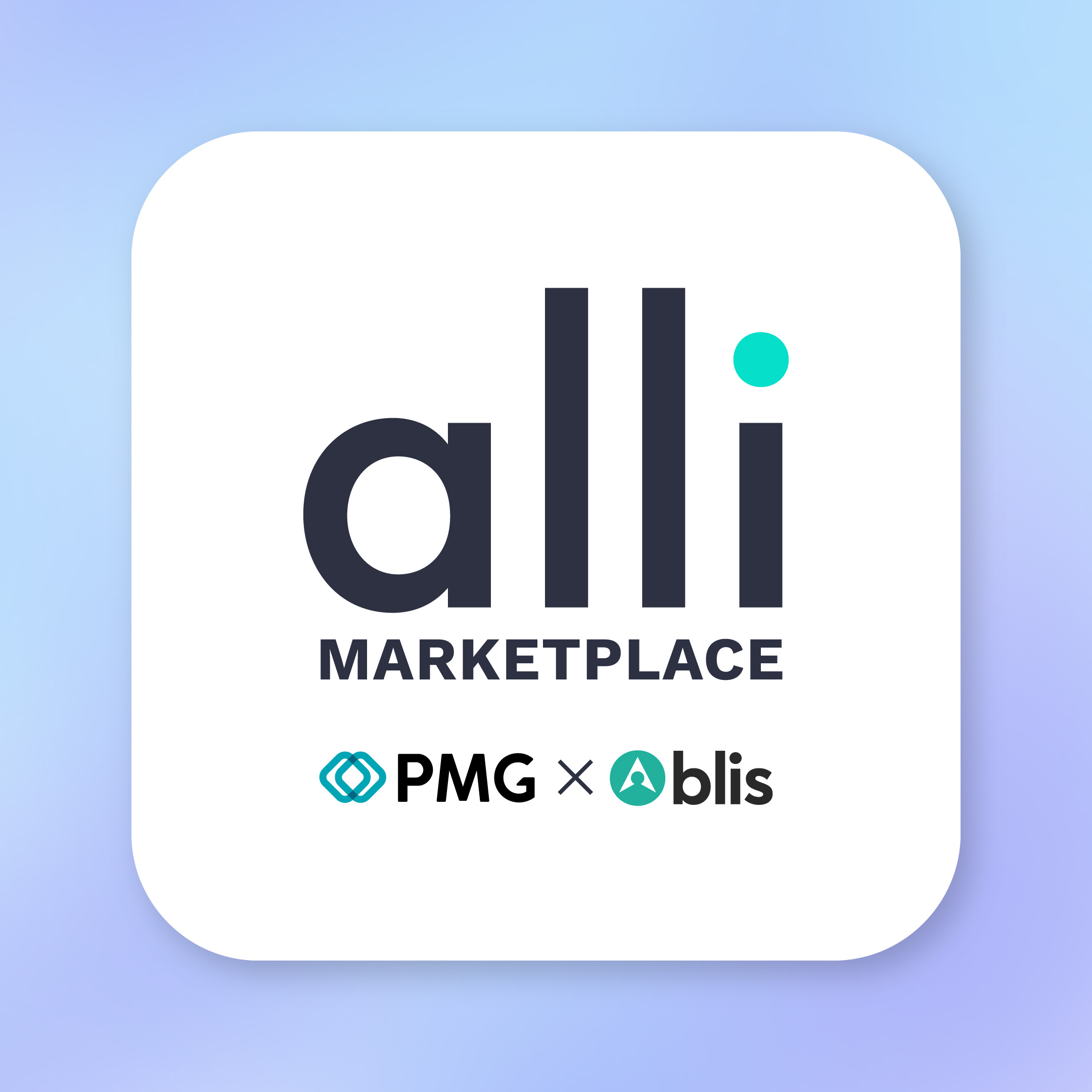As an FMCG brand, you live and die by your distribution, if you aren’t available you can’t be sold and you risk losing a prospective consumer to a competitor. Whilst the online revolution is continuing to reshape the retail landscape and new technologies, if used effectively, can provide a wide array of opportunities for connecting with your audience. It’s important to not lose perspective of the here and now. In spite of the prevailing doom and gloom on the high street, physical stores still provide an overwhelming opportunity within the UK Grocery category.
This is where 93% of total sales occur and it is estimated that 98% of shoppers can be reached in some way if you are purely available within brick and mortar stores. But not all distribution points are created equally and footfall provides a new perspective to help retailers and brands understand their current reach and the headroom opportunity left on the table.
Footfall bridges the gap between distribution and revenue
Footfall is derived from distribution but the two do not have a perfect correlation and we observed a trend of diminishing returns as retailers attain a greater physical scale. For example, a retailer may have 30% of stores but are only targeting 25% of the footfall opportunity within a category meaning that their stores are inefficient. By examining footfall it can help you understand the efficiency of traffic coming to stores where you are available, your opportunity to sell your products to consumers and to understand effectiveness when combined with your internal revenue. Distribution is fixed availability is fluid.
Whilst the number of stores you are in is fixed and dictated by agreements with retailers, when we examine the share of footfall by meal time and by day of the week we can see that footfall share and the opportunity you have to sell your product is far more fluid. Whilst a QSR maybe #1 for footfall overall, they may face challenges to their hegemony around a particular mealtime or given day. This reflects the fact that consumers interact with retailers in different ways as a result of many factors including product range, marketing, and the physical location of a store. This has ramifications for the FMCG brands stocked within these outlets – as the share of footfall going to each retailer changes so does your opportunity to sell your product.
Leverage footfall to identify shopper defection risks
In addition to giving you a greater understanding of the consumer reach provided by your distribution, footfall also enables you to understand the reach of your competitors. If applied to a particular audience it can help you to understand the greatest pressure points when your shopper will come into contact with a competitor product and is most at risk of defection. These learnings can be applied to your media activation. For example, if one of your shoppers visits an outlet where you are stocked in the morning on the way to work, but a competitor outlet in the afternoon you can adapt your mobile advertising strategy. at the critical point, you can influence a change in destination, as well as pre-empt or postpone the planned purchase.
For more insights into the Retail sector, you can download our recent report The real retail story: Evolving shopper behaviours in EMEA



